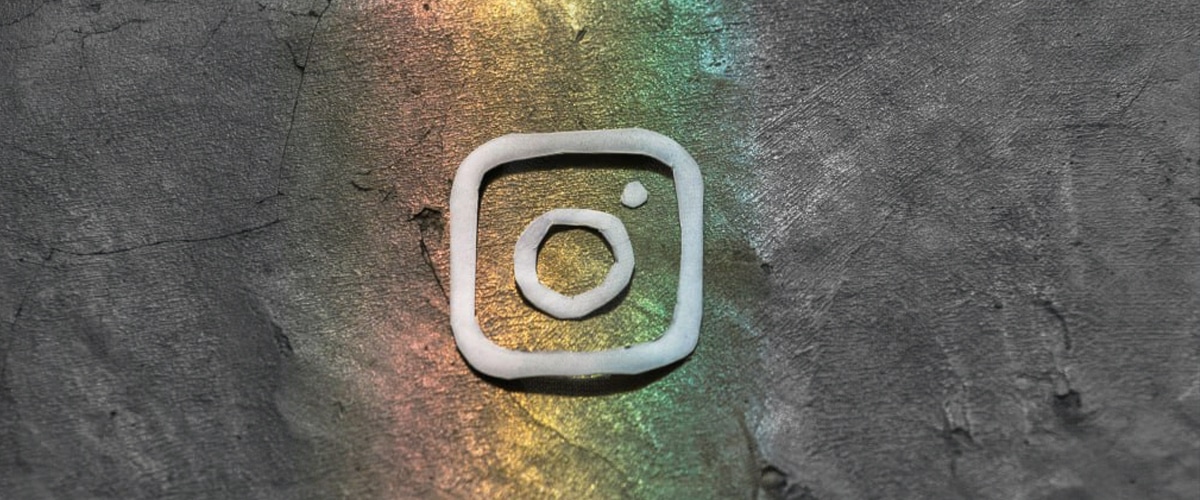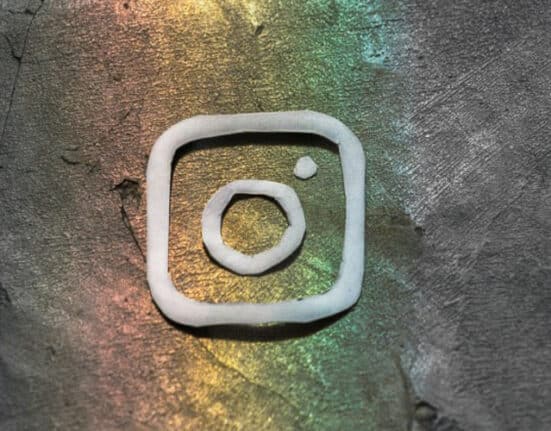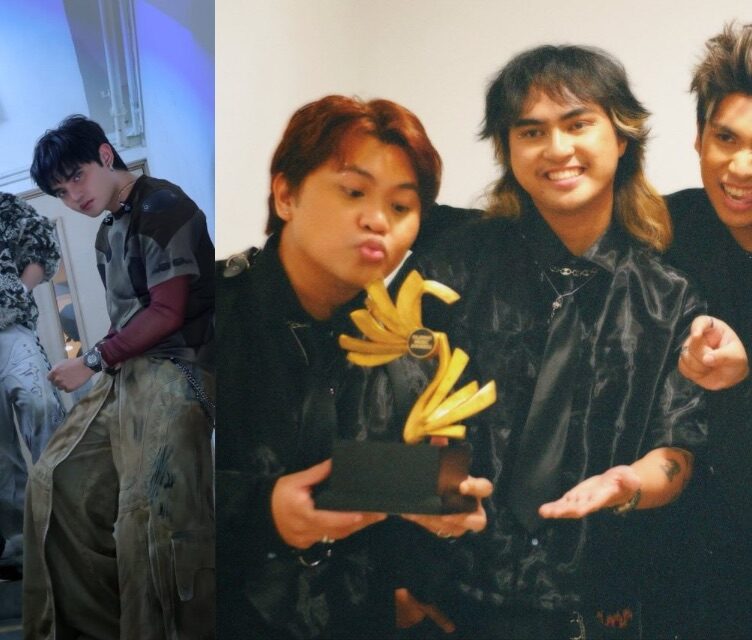THE use of social media has become rampant in today’s era, where technology advances at a greater speed. People can instantly send messages across borders and show their daily lives through videos and reels. However, while it has a lot of benefits, no one can deny the risks associated with using it. This article will discuss the positive and negative impact of social media, particularly within the LGBTQ+ community.
Self-expression
“Social media is beneficial in amplifying the self-expression and identity of members of the LGBTQ community.” Mabi told RepublicAsia.
For her, it’s a safe space for them to speak their mind, tell others about their advocacy, raise awareness, and maybe reveal a part of themselves that they’re not yet comfortable showing to the world.
“That is not something to be judged because there should be no rush in telling the world who you are. It’s enough that you know yourself and are okay with how you express yourself.”
Stepping out
The use of social media has helped LGBTQ+ people to step out and show their true colors.
“In a country like ours where people still need to always prove themselves to at least be tolerated, you can show who you are on social media with no pressure of coming out right away.”
Mabi feels grateful that social media allows people to create their world and flourish in safe spaces.
“You get to meet people that are either part of the community or allies. Knowing stories about those that have successfully come out is motivating and gives a sense of hope for those still scared to come out.”
With social media, people can be anyone. And be who they truly are.
Educating people
“As part of the colorful community, social media has been a great platform for me,” Rolan shared with RepublicAsia.
He uses it not just to express his true identity but to educate the people who are within his reach, particularly people who are not part of the community.
Being an aspiring journalist motivates Rolan to utilize social media as a space to inform people about the basics of the LGBTQIA+ community and the different issues that the community is facing.
It became a place for him to express his sentiments on various issues surrounding the gay community and an outlet to express himself.
The positive impact of social media on the LGBTQ+ community is truly undeniable. While it is a powerful tool that helps LGBTQ+ people to amplify themselves. It also has its own downside.
Spreading of misinformation and disinformation
“It is true that social media is indeed a good avenue to educate other people about the colorful community; however, it is also being used by some people to spread misinformation and disinformation about the community.”
For Rolan, the fictitious information shapes the minds of the people and adds up to the stigma or negative beliefs within the LGBTQ+ community. It is the things that make it harder for gays to find their safe space in society.
Misinformation is false information without the intention to deceive, while disinformation is the spread of inaccurate details to mislead people.
Bullying, hate comments, and discrimination
“With social media’s great power to motivate people to become honest and expressive with themselves, of course, there are also risks.”
Mabi explained that social media is free for everyone. It’s not yet heavily regulated, so it’s unavoidable that there is bullying, hate comments, and discrimination in the comment sections.
Some haters make every effort to hurt someone on social media, and for some, an LGBTQ+ member is an easy target. “People would hurt you so they can feel better about themselves for a moment.”
Social media has its pros and cons. There are supporters but also haters. The LGBTQ+ community needs to protect their peace of mind and preserve their mental health by knowing themselves and be who they are.
In celebration of Pride Month. Rolan hopes that the LGBTQ+ community should never stop fighting for equality, safer spaces, and fair treatment that they deserve.
“Let us celebrate our true selves, and may we amplify our calls for pure acceptance, respect, and space in our society, be it online or on the roads.”
In addition, Mab said it is important to be themselves because it is hard to come out if your family is narrow-minded and very critical of your behavior.
“I would follow up with a strong assurance that they don’t have to blend in with the crowd; they can stand out. After all, we represent the color rainbow.”
Pride Month–what you need to know?
Pride month is a colorful celebration with floats, festivals, and parties to commemorate LGBTQ+ community achievements and the ongoing pursuit of their rights.
The history of Pride Month can be traced back to June 28, 1969, during the Stonewall riot in New York City’s Greenwich Village, where the police raided a famous gathering place by lesbian and gays. This event sparked the LGBTQ+ rights movement. From one day, it became a month-long celebration for the rainbow community.
The term Pride came out during the debate for the slogan for the annual observation of the Stonewall Uprising organized by the Christopher Street Liberation Day Committee.
Pride is a word used to express self-esteem and self-worth for LGBTQ+ individuals and a good way to say they are not negative or a disease.
With reports from Ria Corocoto
How useful was this post?
Click on a star to rate it!
Average rating 0 / 5. Vote count: 0
No votes so far! Be the first to rate this post.
We are sorry that this post was not useful for you!
Let us improve this post!
Tell us how we can improve this post?









